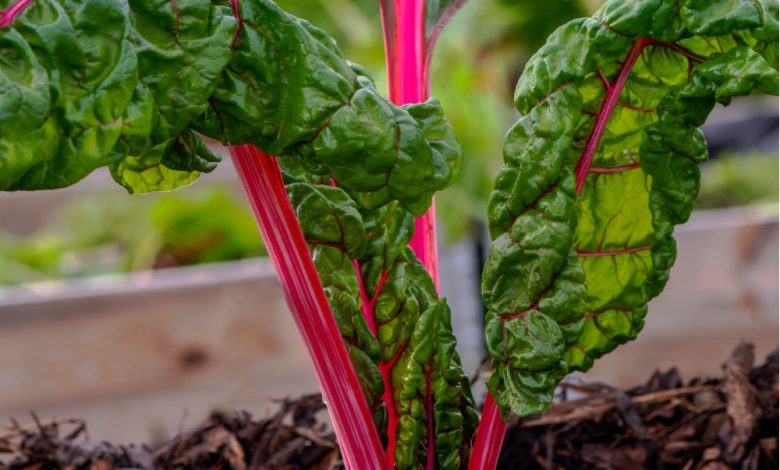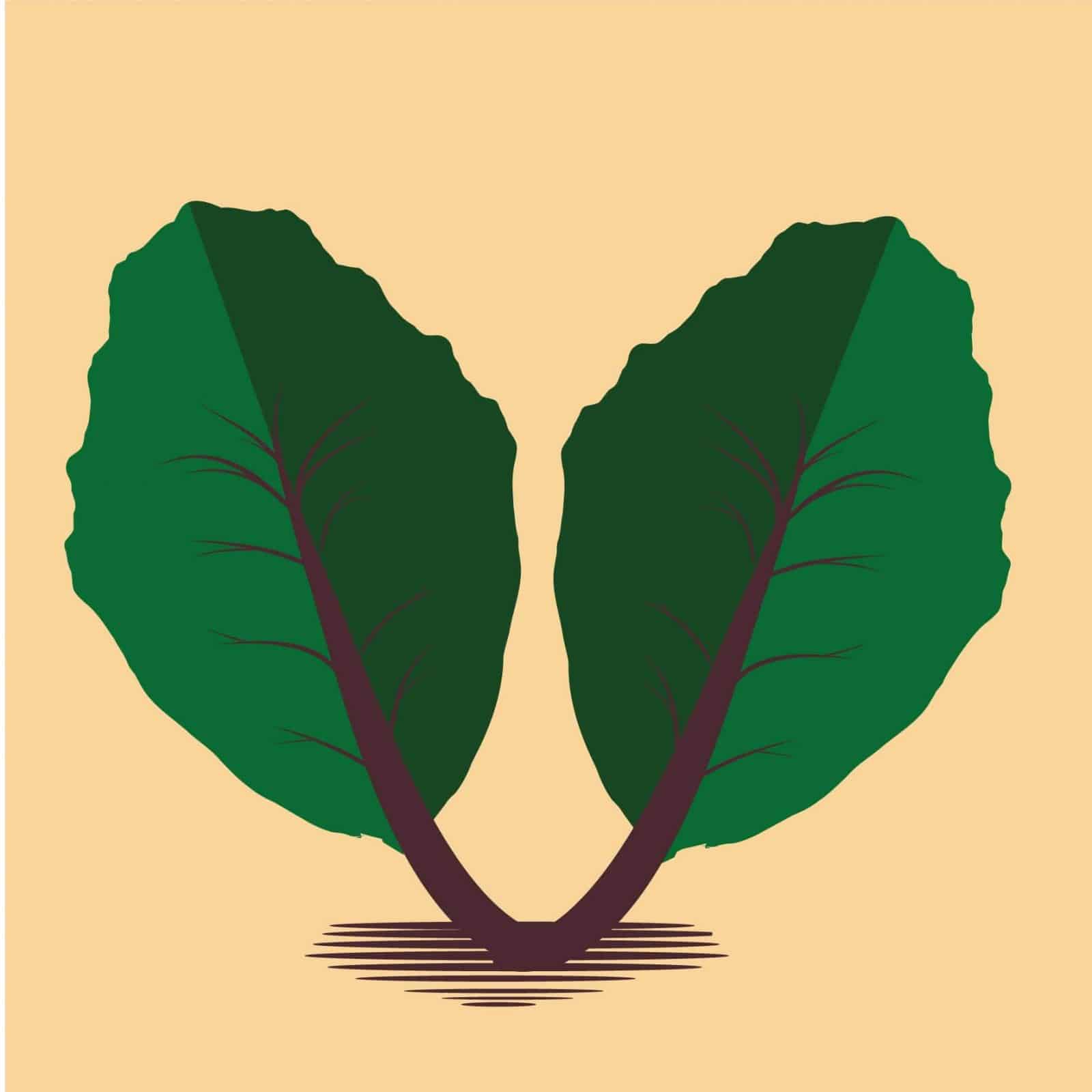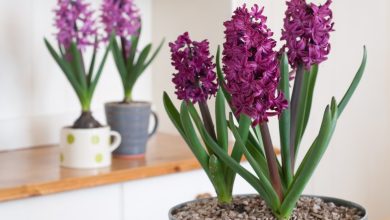Plant Chard: It was never so easy if you follow these Steps and Tricks

If you have come this far, it is probably because you want toserve you dinner with your own Swiss chard.
I understand you.No insecticides. No chemicals. E col ogical.
You have come to a good place. I assure you that after reading this guide you will be clear about how to plant Swiss chard and you will be able to eat them in no time!
Plant Chard Step by Step:
- When? Throughout the year. Less in winter in very cold climates.

- Where? Any region is good for Swiss chard.
- Harvest time? 30 days and we can harvest for more than 6 months.
- compost and organic matter well decomposed. With a pH between 6.0 and 7.4.
- How are they planted? In ridges, for example. Every 30cm we bury 3-4 seeds.
- How are they watered? Ideal drop.
- How often are they watered? Constant water and humidity. In summer every two days or daily, 30-40 minutes.
- What can we plant nearby? Carrot, turnips, beans, radishes.
- What pests and diseases does it have? Slugs and excess moisture.
Swiss chard are hardy plants that are easy to grow in almost any garden. They are a type of leafy vegetables.
Their scientific name is Beta vulgaris, they require sunlight, plenty of water, and can be sown throughout the year (except in very cold climates).
The cultivation of chard is relatively simple and we will obtain the harvest just 30 days after its cultivation.
Ideal for those who want to have a small urban garden
Properties and benefits of chard
The properties of chard are several, among them we can highlight:
- Rich in vitamins A, B1, B2, C and K.
- Rich in iron.
There are many types of chard and it is a typical Mediterranean plant. We can easily find it wild, since it needs few requirements to grow in nature.
 It is capable of easily adapting to any climate, however it requires constant humidity, so it will have a hard time in the case of prolonged droughts (such as summer).
It is capable of easily adapting to any climate, however it requires constant humidity, so it will have a hard time in the case of prolonged droughts (such as summer).
When can we sow chard?
To plant Swiss chard in your home garden, the first thing you need to know, like most vegetables, is when to proceed with its cultivation.
As we have said before, Swiss chard can be grown throughout the year. However, it is difficult for them to grow both in very cold climates and in prolonged droughts.
So the idea would be to sow them during spring and autumn (except in climates where winter is very cold).
How do we prepare the land?
We want a clayey soil rich in sicilia. We are not interested in the soil being calcareous. In any case, Swiss chard adapts well to almost any soil.
We must remove the soil well with a motorized tool (ideal), rich in humus, fresh and deep.
We will fertilize the plant with compost. Although chard does not need too much. It is important that if manure is used, it is well decomposed.
The harvest cycle of Swiss chard can be up to 6 months. In other words, we can go collecting chard for 6 months. So in this period it is important to help the plant with compost every month or every two months.
The more compost the chard receives, the larger its leaves will be and the more we can enjoy them.

How do we water Swiss chard?
Swiss chard require abundant water and moist soil. However, we must not flood and drown the earth. Therefore, the irrigation system that we will use will be the drip system.
The irrigation frequency will vary depending on the time of year in which we find ourselves. In summer it will be necessary to water every two days and in case of strong heat and drought daily.
With drip can be watered for 30-40 minutes. We will look at the leaves of the chard to know if they require more water or not. If they are decayed, it will be necessary to increase the frequency and time of irrigation.
How to grow Swiss chard?
Planting chard is simple. When the earth is removed and slightly fertilized, we will deposit about three or four chard seeds every 30cm. From then on we will keep the soil moist.
The growth of chard is fast, so we must eliminate the weeds that may grow around it.
Chard is a simple crop, although vulnerable to pests and diseases.
Be careful, Swiss chard looks a lot like beetroot, so if you have saved seeds, it is important that you label them to be able to tell them apart.
Plant chard step by step
- To speed up germination, soak seeds in water for 24 hours before planting.
- Sow the seeds 2-3 cm deep, spacing them 8-10 cm in rows.
- Space the rows about 18 inches apart.
- Like beet seeds, Swiss chard seeds actually come in clusters of just a few seeds, resulting in multiple seedlings emerging from a single planting hole.
- Once the plants reach a height of 7-10 cm, prune them to a separation of 15-25 cm. Cut them off with scissors and enjoy the young seedlings in a salad.
- Because Swiss chard is grown for its leaves, pruning isn’t as important as beets, which need room for their large, round roots to spread. Huddled chard plants tend to produce smaller leaves…

How is the chard harvest?
Swiss chard can begin to be harvested after 30 days. Considering three things:
- The size of the sheet.
- The water they have received.
- The sunlight they have received.
If the chard has had constant water and daily sunlight, after 30 days good leaves can be harvested for consumption.
It also depends on the size we want these leaves to have when cooking them. The larger, the longer it will take to limit them.
It is advisable to cut any leaves that start to turn yellowish and also any leaves that start to get too big.
What enemies have chard?
 The main enemies that Swiss chard have are slugs. This is because for them to work well we want a very humid land and these living beings are very comfortable in humid places. In addition to the fact that the leaves of the chard can be very appetizing.
The main enemies that Swiss chard have are slugs. This is because for them to work well we want a very humid land and these living beings are very comfortable in humid places. In addition to the fact that the leaves of the chard can be very appetizing.
To detect the slugs, we must look at possible bites in peripheral leaves of the chard.
Excess moisture can also be a problem. The excess humidity comes mainly from puddles. So we want to avoid these situations since it will lead to a more than possible rotting of the plant.
What do we plant near the chard?
Swiss chard gets along well with almost any other crop. However we highlight the beans, carrots, turnips and radishes.
 What variety of chard do we plant in our garden?
What variety of chard do we plant in our garden?
There are many varieties of chard to grow.
Some grow faster, however, have less flavor when cooked. Others are slower in their growth, but they also give more flavor to the dishes with which we combine them.
Which to choose?
We leave you an article that we have done where we show the most common varieties of Swiss chard, as well as their characteristics and cultivation needs.




